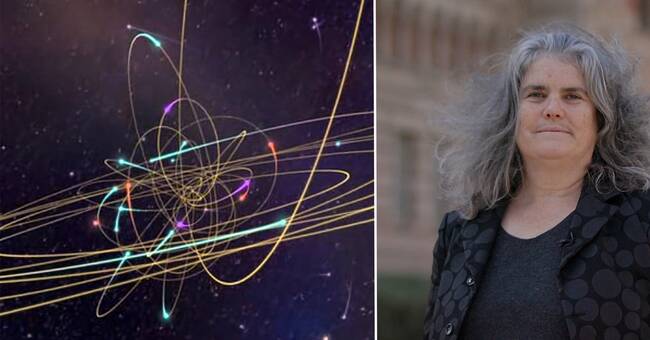For almost 30 years, Andrea Ghez and Reinhard Genzel have observed the center of our own galaxy, the Milky Way.
They have managed to see through the amounts of gas and dust that otherwise obscure the view and have been able to distinguish 3000 individual stars that spin around a huge black hole.
Close contact with black hole
- The closer the stars are to the black hole, the faster it goes, says Andrea Ghez who is one of this year's Nobel laureates in physics.
And one of these stars is called SO-2 and has an orbit of only 16 years.
In astronomical contexts, it is a short time.
Andrea Ghez, who has followed the star for 25 years, has witnessed two close encounters between the star and the black hole.
- When it is closest, it moves at a speed that is a few percent of the speed of light, says Andrea Ghez.
The fastest stars in the Milky Way
Now astronomers have discovered a handful of stars that come even closer to the black hole than SO-2 does.
And of them, the star is S4714, which accelerates at a speed that is eight percent of the speed of light.
This corresponds to 24,000 km per second.
At that speed, it would only take 16 seconds to get from Earth to the Moon.
The speed and orbits of these stars reveal that the supermassive hole in the center of the Milky Way weighs as much as four million suns and is in an area as large as our solar system.
- There is a lot of mass on a small volume and that is the best proof that there really is a black hole in there, says Andrea Ghez.
See more in The World of Science about Nobel 2020: genetic scissors, viruses and black holes. In SVTplay or SVT2 7/12 20.00.

